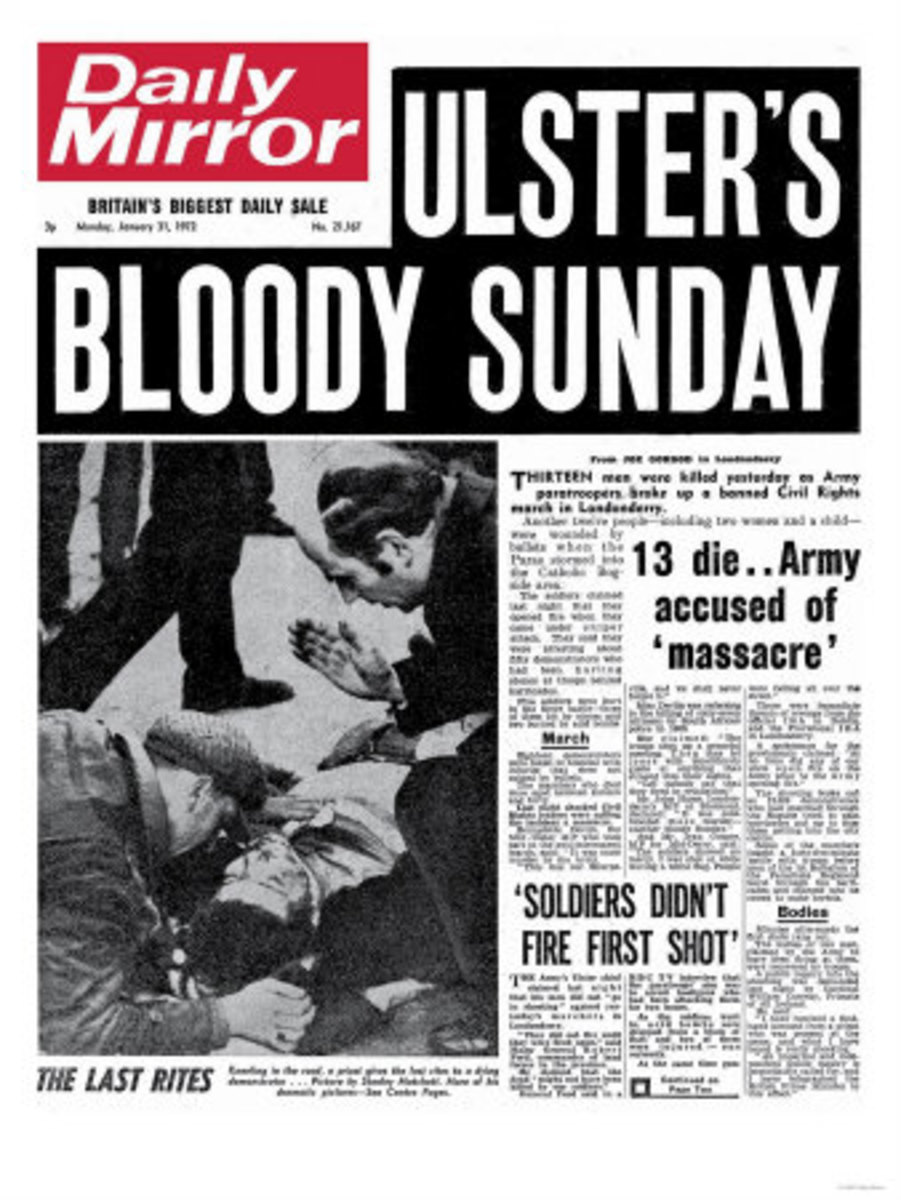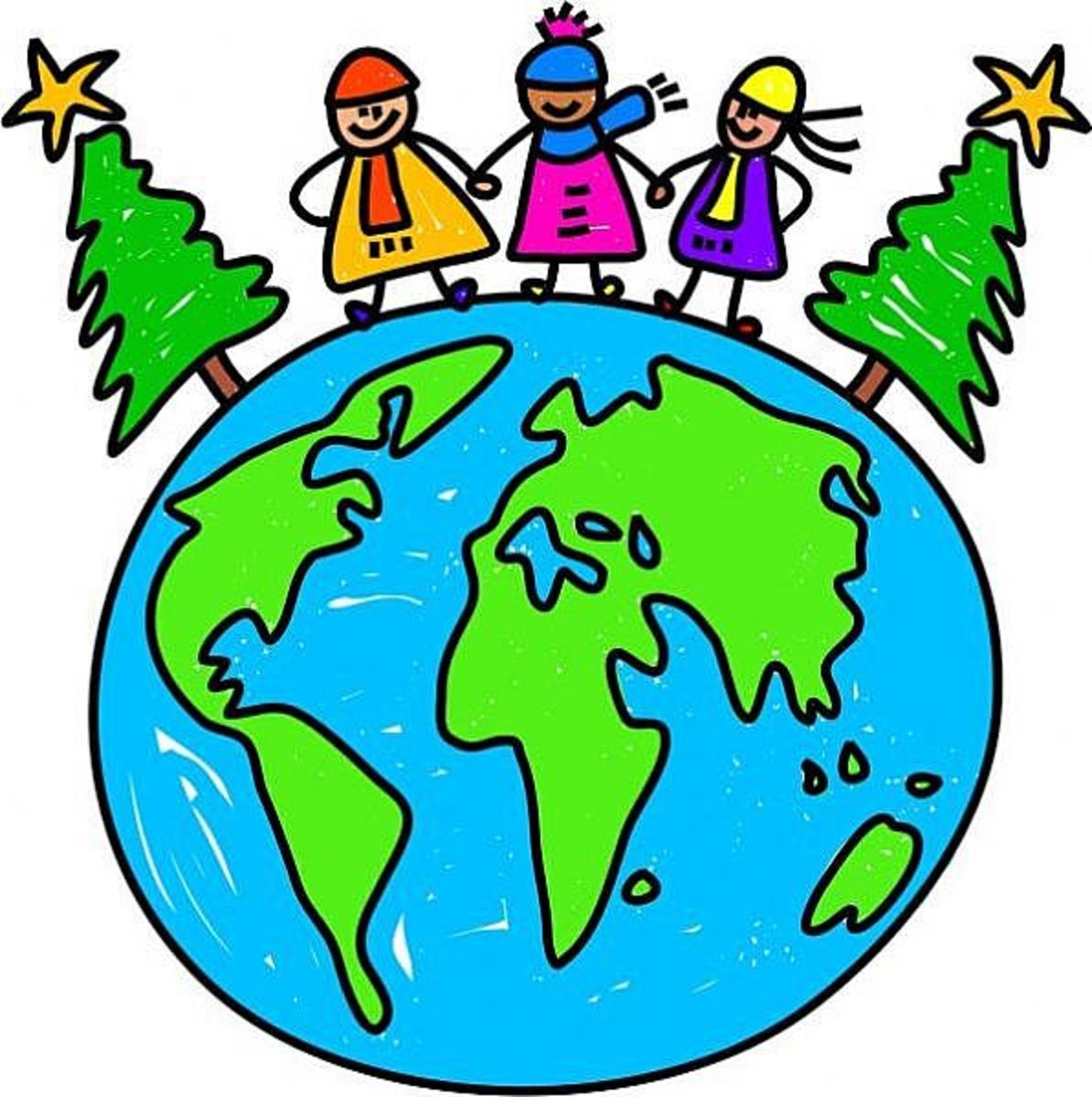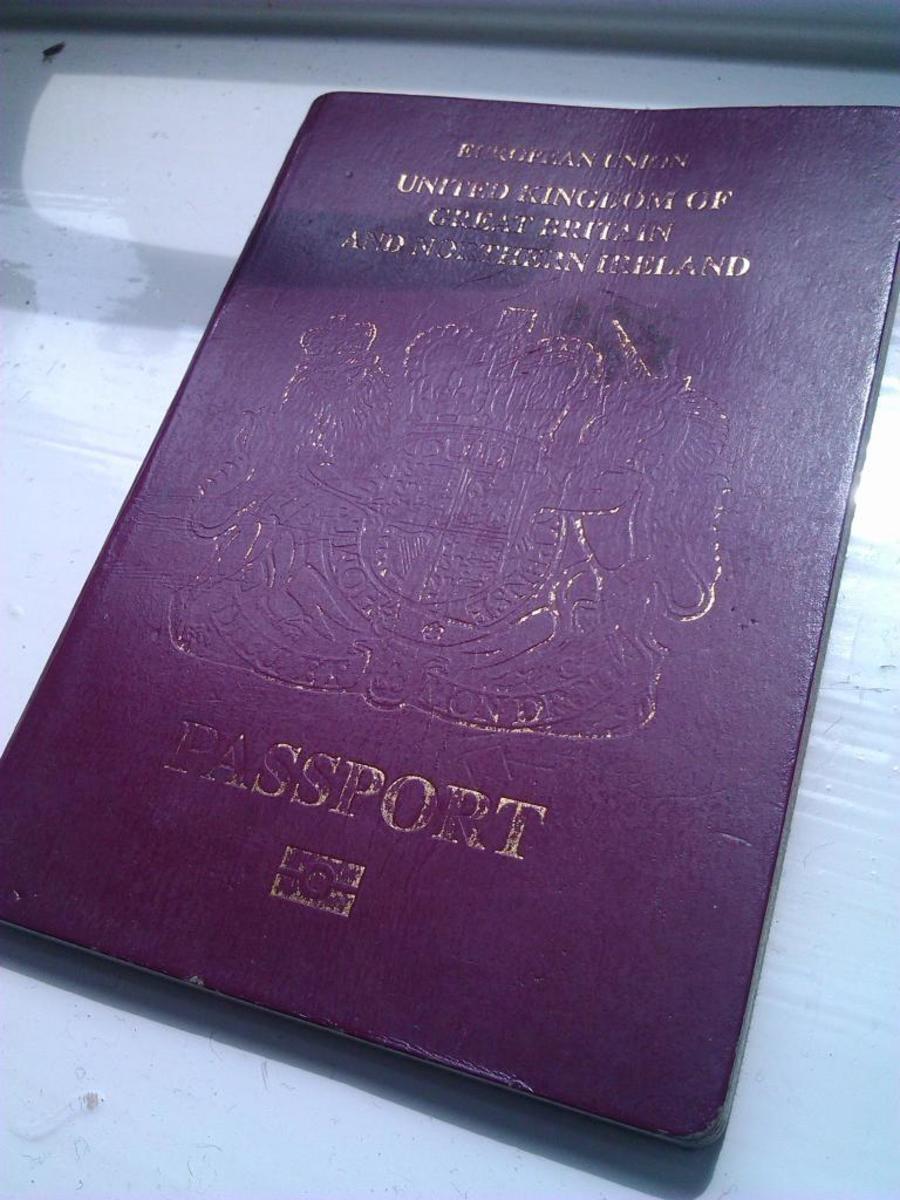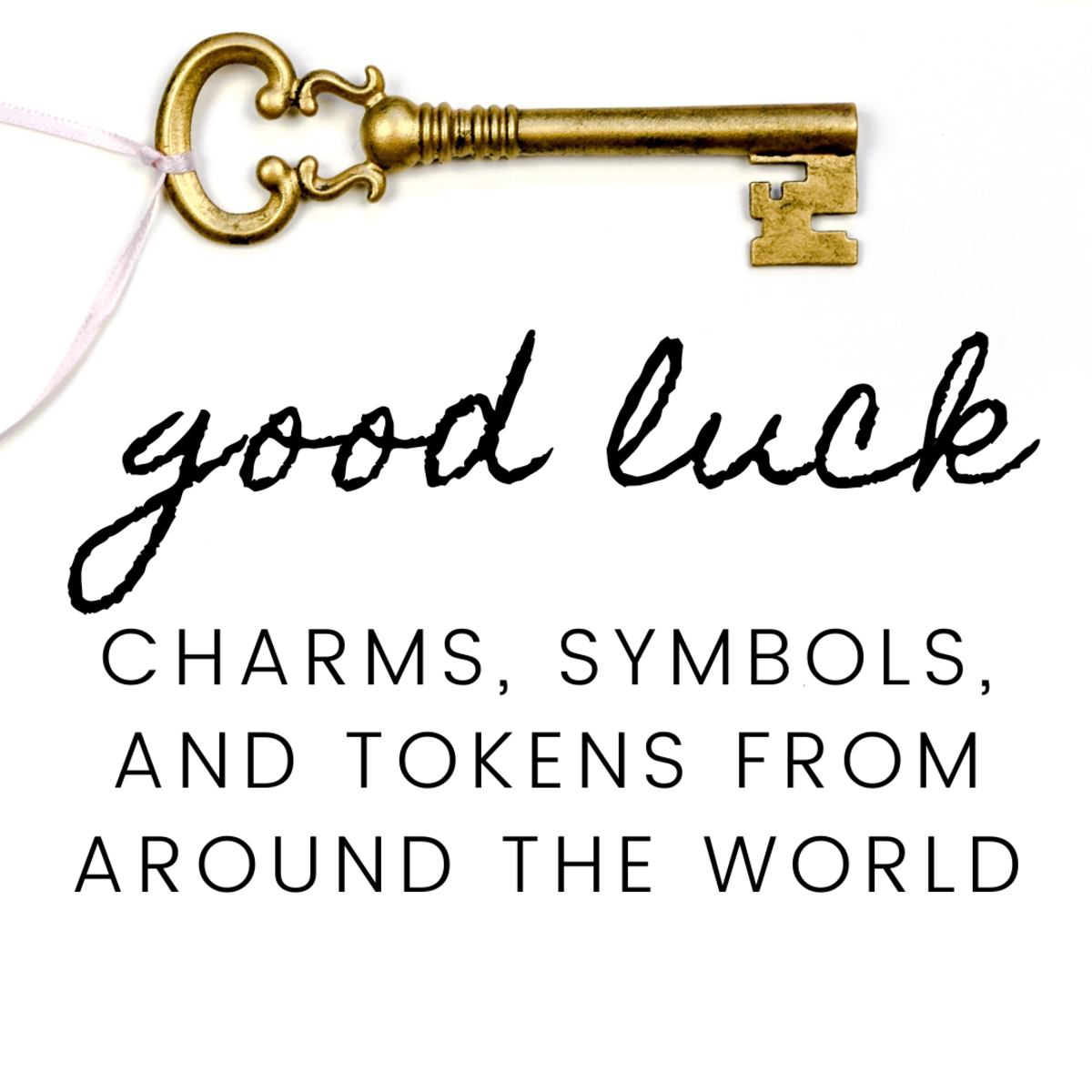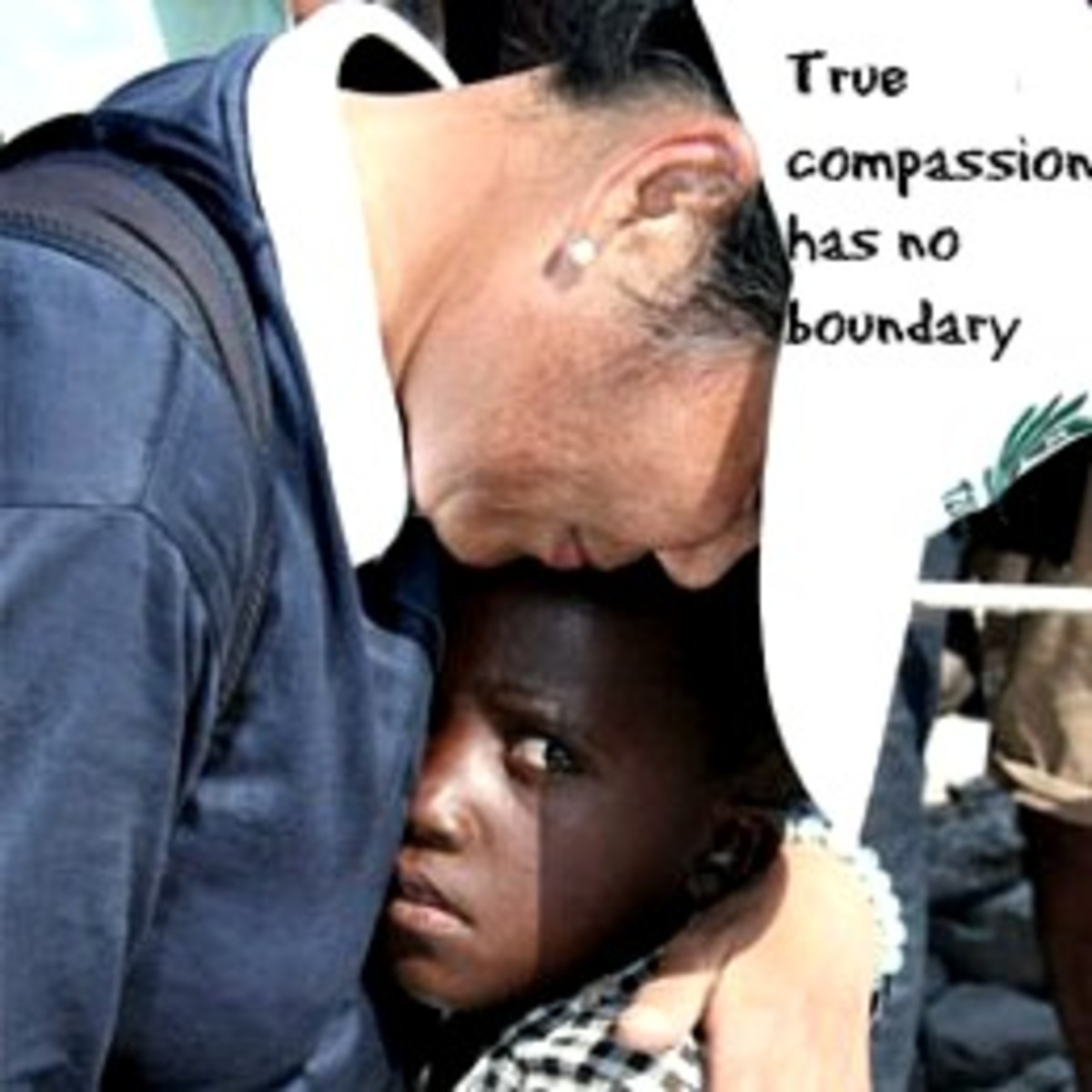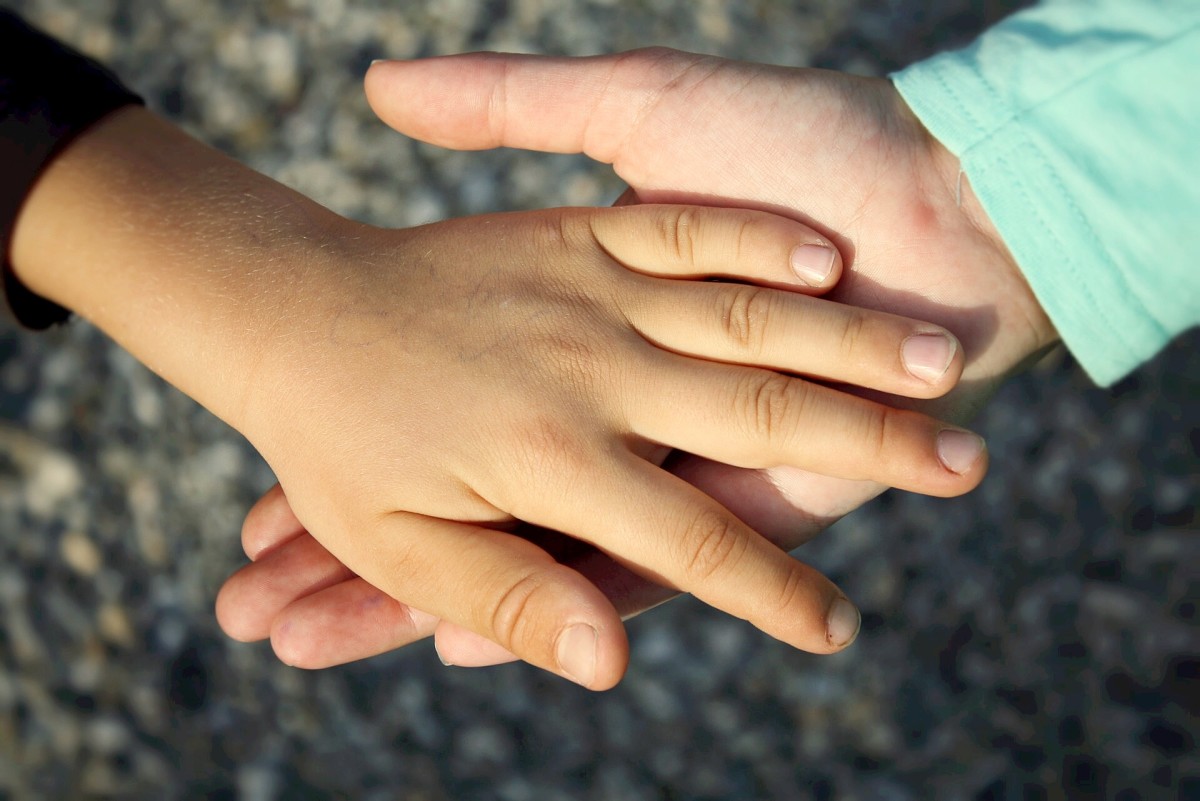Peacebuilders Around the World
Finding Good News Among The Bad
If you are a regular newspaper reader, it would be easy to think our world is becoming increasingly more violent. However since the media mostly reports bad news, it pays to look beyond than the headlines and find where there is also peace, co-operation and love. Reading about violence and conflict taps into our primitive fears and want for survival, and gets us feeling we have to pay attention to all the bad news. Good news doesn’t have quite such a dramatic effect, but it is heart-warming to read stories of human compassion and strength.
Peace Direct works with local people to create peace
I would like to share with you some amazing stories of human strength, courage and kindness. All of the people mentioned in this Hub are supported by a charity called Peace Direct. I particularly like the Peace Direct belief that those best positioned to create peace in areas of conflict are local people. In the midst of any conflict there will be people working for peace and it is these people whom Peace Direct supports.

Using Facebook to encourage peace
During and after the 2011 riots in the UK there were many stories of senseless violence and looting. It seemed that this was just the way of young people who grow up in deprived areas. Reports spread of young people using Facebook and other social media to incite others to violence. What was not so well reported was that many other young people in the most deprived areas of London were using social media to encourage others to stay at home well away from the trouble.
Truce 20/20
Many of these youngsters are members of an organisation called Truce 20/20. This project in the London borough of Newham has been helping youngsters learn conflict resolution, mediation and workshop leadership, skills that they can then pass on to others in their communities. While these young people may not have been able to stop the riots from happening, they are evidence that change can occur, that peaceful co-operation is possible. In the aftermath of the riots, the young people in Truce 20/20 began working together to find ways to meet the challenges of their communities in a positive manner. One initiative of Truce 20/20 is an interactive video that encourages youngsters to consider the consequences of dealing with tricky situations with aggression, assertiveness or evasion.
Watch this video so learn more about Truce 20/20
Peacebuilding Around The World
Henri Ladyi is probably the Peacebuilder that most fills me with awe. He has been going into conflict-torn areas of the Democratic Republic of Congo for several years, and has convinced thousands of militia fighters to give up their weapons. But he doesn’t stop there; he also provides the fighters with the assistance they need to live in peace, so that they won’t just return to violence at next call to arms. The men are trained in farming or in a skill and assisted to join working co-operatives, benefiting entire communities. Over a thousand of these former fighters have since joined the police force and many have joined the national army. 650 of the fighters were children who can now lead normal lives.
Henri’s work is so effective because he understands the people he supports, and knows their strengths. His organisation, Centre Resolution Conflits, has worked with other local peace-builders, leading to many more militia giving up their weapons. It also helps victims of the conflict to rebuild their lives by finding them safe places to live and materials to build a home. Earlier this year, when the UN discovered that its own $4 million disarmament project wasn’t working, it turned to Henri for help.
In the video below Henri Ladyi talks about the children's experiences.
Henri Ladyi talks about the children he helps
Peacebuilders in Sudan and Pakistan
In rural Sudan an oil company built a health clinic for the locals, but they unwittingly built in on the land of a different tribe and conflict broke out. Local Peacebuilder, Rasha el Fangry, talked with the tribes, discovered what happened and the oil company agreed to build a second clinic. Now both tribes have the health care they need for their children, and they have peace.
Gulalai Ismail grew up in the Peshawar area of Pakistan, where children as young as twelve have been suicide bombers. On hearing of one such case, this astonishing young woman began working to counter the idea that extremist violence is a legitimate political tool. She was sixteen! Her Seeds of Peace group have now trained 50 young volunteers who go into schools, colleges and villages who persuade people to reject extremism and opt for peace, so saving many young boys from a life that could ultimately lead to suicide, and saving countless other lives.
In all these cases, what Peace Direct has done is find local people who are already working effectively for peace, and then provided the resources to make them even more effective. In some areas, such as Congo and Sudan, they have linked local groups, so creating regional networks. By publicising the work of these grassroots peace-builders to governments, aid agencies and media, the concept is spreading and in 2010 the UN sent Peace Direct’s paper Ripples Into Waves to all its peace advisors.
Peacebuilders Coming Together
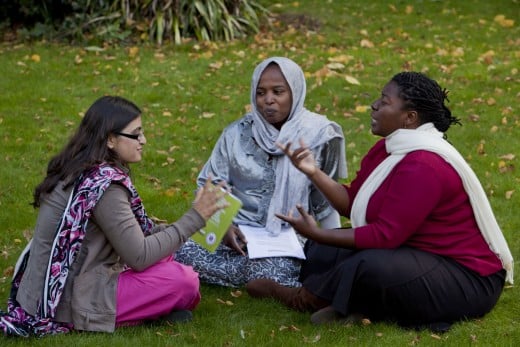
An Easy Way to Support Peace
I hope that reading about these extraordinary – and yet ordinary – individuals will help you feel encouraged about the state of our world. To learn more about Peace Direct visit the sites below.
More articles on Activists For Peace by other writers on HubPages
- Three Great Peacemakers - Mother Teresa, Rigoberta Menchu, and Deganawida
by cclitgirl - White heroes of the Anti-apartheid struggle
By Tony Mac: Apartheid was evil not only because it was racist, but because it was deeply and violently anti-freedom. The apartheid ideology kept white and blacks in a form of captivity. The struggle against apartheid included many whites.
© 2011 Yvonne Spence

